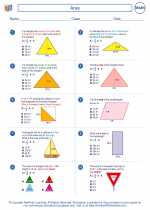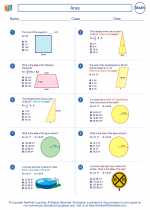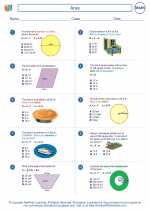Base in Mathematics
In mathematics, the term "base" refers to the number of different digits or combination of digits that a system of counting uses to represent numbers. The most common base used in everyday mathematics is base 10, also known as the decimal system, which uses the digits 0 through 9. However, other bases such as base 2 (binary), base 8 (octal), and base 16 (hexadecimal) are also used in computer science and digital electronics.
Base 10 (Decimal System)
The base 10 system uses 10 digits (0-9) to represent numbers. The place value of each digit in a number depends on its position within the number. For example, in the number 352, the digit 2 is in the ones place, the digit 5 is in the tens place, and the digit 3 is in the hundreds place.
Converting Between Bases
Converting numbers from one base to another involves understanding the place value system and the relationship between different bases. For example, to convert a number from base 10 to base 2 (binary), you can use the process of division and remainders. Conversely, to convert a binary number to decimal, you can use the process of expanding the number using powers of 2.
Study Guide for Bases
- Understand the concept of place value and its importance in different number bases.
- Practice converting numbers between different bases, such as base 10 to base 2, base 10 to base 8, and base 10 to base 16.
- Learn the properties and uses of different number bases, particularly base 2 (binary) and base 16 (hexadecimal) in computer science and digital electronics.
- Explore real-world applications of different number bases, such as binary code in computing and hexadecimal color codes in web design.
- Master the skills of performing arithmetic operations (addition, subtraction, multiplication, and division) in different number bases.




